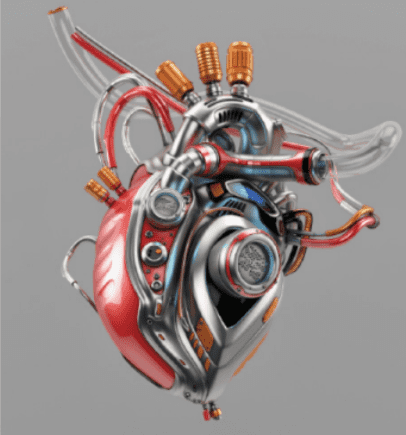
Artificial organs are considered as holy grails of bioengineering, it has very conveniently put life science and engineering together in a frame. The first-ever groundbreaking discovery regarding artificial organs can be traced back to 1982 when American medical researcher Robert Jarvik successfully installed a fully functioning artificial heart inside a human being. Ever since then, novel mechanical factors and brand-new technologies have been helping the idea of artificial organ transplant advance further, science never stops developing. Numerous studies on stem cells, the fundamental life cell in the human body, have verified that harvesting of well-functioning mechanical organs in labs is very much possible now for the human organ transplantation process. Thanks to science, we can now create artificial organs via advanced technological marvel and 3D printing. A Bengaluru based biotech startup called Pandorum Technologies made headlines in 2015 for becoming India’s first firm to have developed a living tissue to execute the functions of a human liver. The ratio of people in need of organ transplantation to that of available organs is heavily imbalanced due to massive shortages of organs ready for implantations. Currently, in America, there are around 106,000 people on the waiting list for organ transplantations, in the UK demand for organs has increased by 162 per cent. And in India, while 2,20,000 people await a Kidney transplant only 15000 are fortunate enough to get successful implantation. This huge scarcity of transplantable organ shortage inches closer to getting solved with each advancement in artificial organ harvesting. Many companies have cracked the code of cultivating artifi cial organs like Texas-based BiVACOR Total Artificial Heart (TAH), a device for patients undergoing end-stage failure of the heart and not qualifi ed for a transplant. Also, 3-D printing and tissue engineering are growing rapidly, which means the goal now is to develop a tissue-based fully functioning artifi cial organ which could fl awlessly imitate the role of real human organs like hormonal secretions and modelled growth as the individual grows. The development of artificial organs may take a lot of time but it is still worth encouraging as they can be the best substitutes for medical research, especially for drug testing. Tissue-engineered skin products are grabbing attention in the cosmetic market as big makeup companies like L’Oreal in order to support cruelty-free animal testing are using these artificially manufactured skins to test make-up chemical reactions on skins. Artifi cial skins are blessings for victims of heavy burn marks on their bodies. And it also possesses the potential to provide the sensation of actual human touch to robots via a piezoelectric shell which can create and transmit stimuli similar to human beings throughout the robotic system. The innovative craft ing of an artifi cial womb named BioBag is said to have raised more optimistic outcomes for premature babies. The man made organ is shaped like a Ziploc and supported by tubes of amniotic fluid, oxygen, nutrients and blood moving in and out had successfully carried out nurturing of a fetal lamb. Premature babies with low percent of life expectancy could be saved through these lab-made wombs. The progress in bioengineered organs seems to have no bound currently as it embarks on an evolutionary path paved by enthusiastic and optimistic researchers and scientists. And in the future artificial organs will not only focus on the forming of replicable human organs but also on technologies dealing with these synthetic body parts for therapeutic or preventive medicine. The hope is that with time the gap between human society and an era of aff ordable and dependable artificial organoids, printed or engineered for patients in need, will vanish.
10 Jan 2022
Purnima Priyadarsini